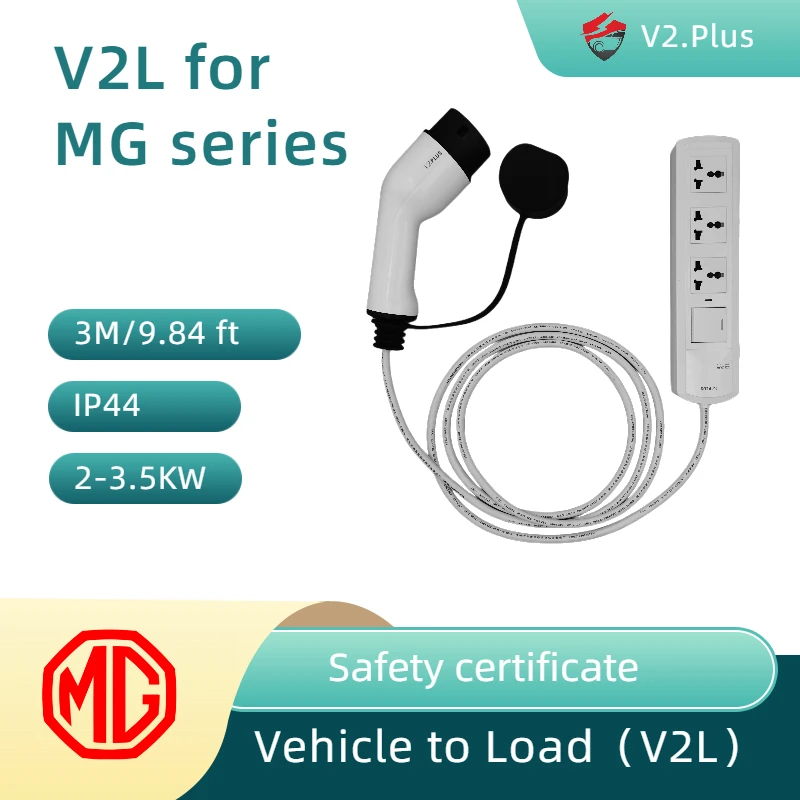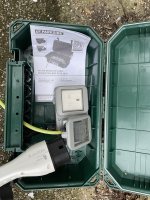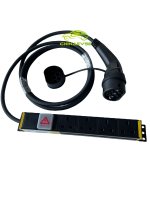DB00nowthen
Standard Member
The water proof version of this at 5m length is £192

 evcables.com
evcables.com
Pretty sure one could source the cable and the weather resistant socket. Do anyone know if the type-2 end that plugs into the car is the same as on a standard charging cable? If it were, I wonder if all one would have to source would be the "weatherproof" socket. But would not want to guess if it is wired the same.
I have a fully functional V2L adaptor that I got fro Ali-express. And wondering if I should have bought this:

 www.aliexpress.com
www.aliexpress.com
Objective is to be able to power a kettle and a camping induction hob (they are about 800w). Anyone using/made something similar?
›››

MG Vehicle to Load V2L Discharge Cable
A Simple Adapter Power Source (MG Only) PLEASE NOTE: We have received reports that the latest deliveries (06/2023) of MG ZS models have had the V2L functionality disabled or removed. Please confirm with your dealer before purchase. Turn your MG ZS (2022), MG 5 (Facelifted 2023), MG4 (2022) and...
Pretty sure one could source the cable and the weather resistant socket. Do anyone know if the type-2 end that plugs into the car is the same as on a standard charging cable? If it were, I wonder if all one would have to source would be the "weatherproof" socket. But would not want to guess if it is wired the same.
I have a fully functional V2L adaptor that I got fro Ali-express. And wondering if I should have bought this:

76.12ï¿¡ |Mg V2l Adapter Vehicle-to-load Bidirectional Two-way Charger Electric Cars Extention Socket Mg Zs Ev Mg 5 Mg4 Mg Marabel Charger - Electric Vehicle Discharging Gun - AliExpress
Smarter Shopping, Better Living! Aliexpress.com
Objective is to be able to power a kettle and a camping induction hob (they are about 800w). Anyone using/made something similar?
›››

